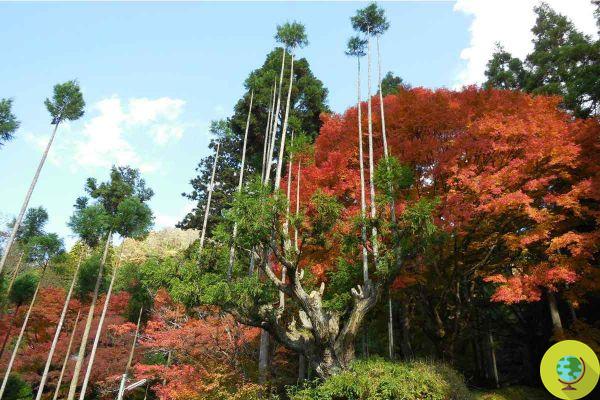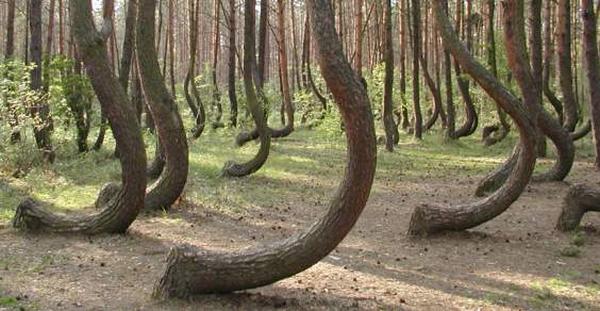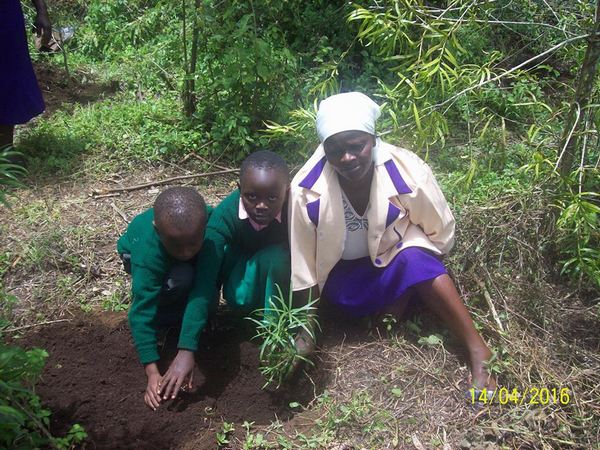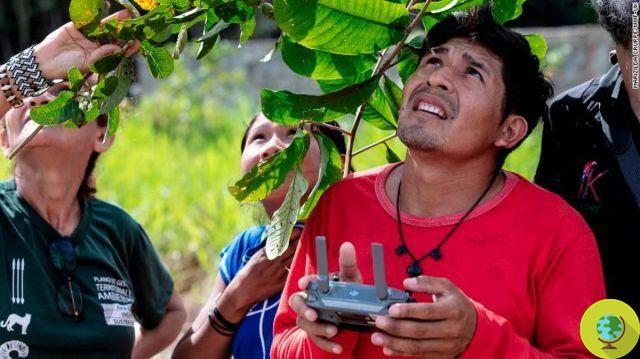
No, we are not telling you a hoax. Daisugi is an ancient Japanese pruning technique that could combat deforestation.
He is about to end up run over, his mother saves himDaisugi is an ancient Japanese pruning technique from the XNUMXth century that allows you to produce wood without the need to cut down the tree.
Japanese culture always amazes us with its traditions and its philosophy of life. This time it does so with Daisugi, an ancient Japanese forestry technique that allows you to obtain wood without cutting down the tree. The method has similarities to bonsai art, but on a large scale, and is great for fighting deforestation and producing high quality wood.
(READ also: Yukitsuri: The spectacular Japanese method of protecting trees from snow)
Daisugi is mainly used on cryptomeria trees - more commonly known as Japan's red cedars - planted specifically for this purpose. The cedars are pruned strictly by hand, leaving only the upper branches to grow from which the new branches will sprout. These new shoots, following precise rules, will become an ideal wood: perfectly uniform, straight and completely free of knots.
View this post on Instagram
A post shared by iszkt2g (@iszkt2g)
At first glance, it would appear as if cedars are grown on top of other cedars. A single tree can grow up to 200 sprouts at a time and produce wood for 300 to XNUMX years before running out.
The history of the DaisugiAround the year 1300, the method was invented by the inhabitants of Kitayama, a mountain area located about 20 km north-west of the city of Kyoto, to solve the problem of shortage of raw materials. At the time it was very difficult to plant and grow trees on the steep slopes of the area and not everyone could have the wood needed to build their houses.
The Daisugi technique was therefore born with the aim of reducing the number of plantations, accelerating the harvesting cycle and producing more resistant wood. From a single tree, twelve to one hundred trunks can grow at a time, basically a wood, and wood is produced for three hundred years. “Shirosugi”, the mother tree of the Kitayama cedar is 500 years old and in all these years it has never lost its shape.
Usi del cedro at KitayamaBeing a smooth log, it has been used extensively for the construction of tea rooms since the Muromachi period. Unfortunately, over the years the demand for wood produced with this technique has significantly decreased, but thanks to the work of local people and that of various organizations, which have found other uses, it has not completely disappeared.
The wood obtained with this technique is 40% more flexible and twice as strong as that of normal cedar. Furthermore, its straight shape makes it a perfect material for beams and ceilings that must respect certain aesthetic parameters and be resistant at the same time. Thanks to its beauty, the Daisugi is very successful in the gardens of the houses since the trees pruned with this technique acquire a very particular and attractive shape.
In a world where everything goes fast and where we need to safeguard our forests and cope with climate change, the Daisugi shows great and precious potential.
Fonte: Kyoto Kitayama Maruta Productive Cooperative
Read also:
- Mini urban forests inspired by the Japanese Miyawaki method are popping up all over Europe to foster biodiversity
- How Japan is revolutionizing agriculture without land, workers and 90% less water
- Rare earths: find huge reserves in the depths of Japan


























